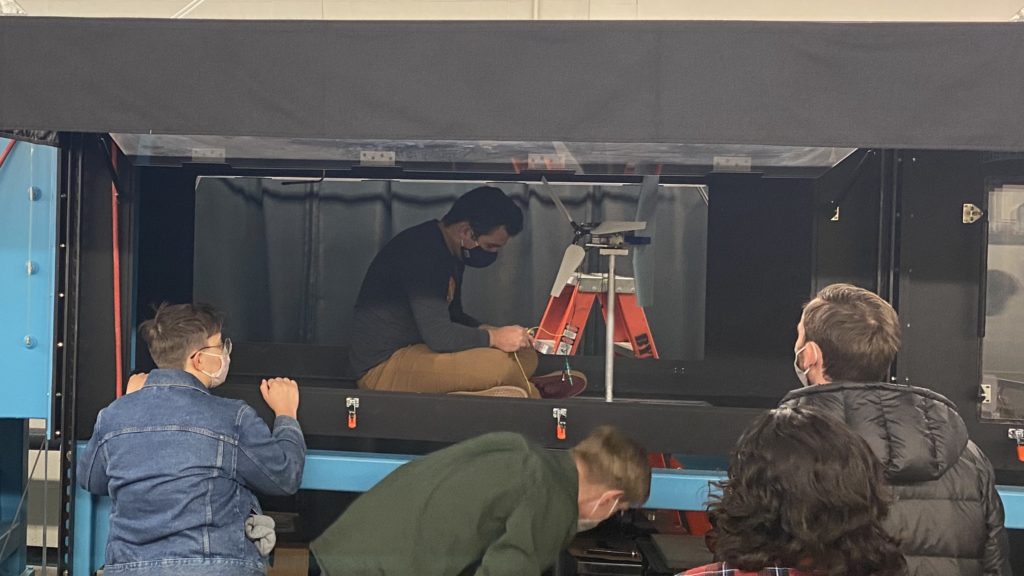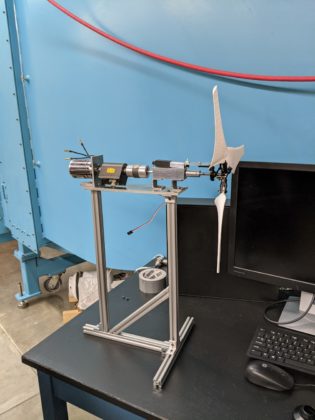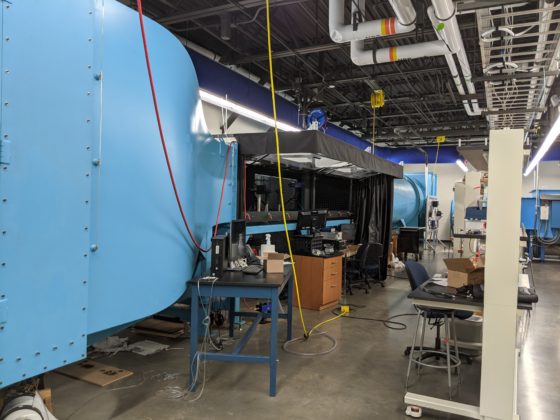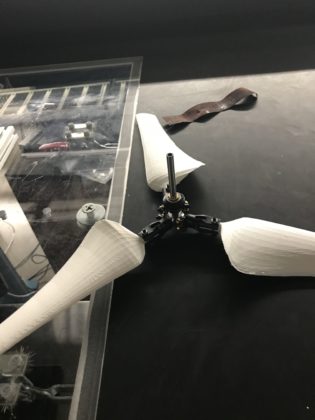
The BYU Wind Energy Club is participating in the highly competitive U.S. Department of Energy’s Collegiate Wind Competition from June 7-10.
The competition has been around since 2014, but this will be the club’s first year competing. The group received a $20,000 grant to complete the competition’s two tasks: create viable plans for a future wind farm and create a small wind turbine.
Club members will compete against other schools’ projects and present their wind farm proposal and turbine virtually because of COVID-19 safety precautions. The competition chooses only 13 university clubs to compete from applicants across the nation.
For club member Wesley Holt, the biggest honor of the competition is just being chosen. He said he’s grateful to receive opportunities to network with real companies that recruit students from the event.
Club members divided up competition work, focusing on either the wind turbine or the proposal for a theoretical wind farm in South Dakota.
The capstone team for graduate students works in-person to build the wind turbine completely from scratch inside of a large wind tunnel. Faculty advisor and BYU professor Andrew Ning said the small turbine must demonstrate it can produce power at certain speeds.
Club president James Cutler said wind farm plans must include details like how many windmills will be included, manufacturing needs and possible financial effects of the farm.
The BYU Wind Energy Club started in November 2020. As a member of The Church of Jesus Christ of Latter-day Saints, Cutler said he strongly felt using the Earth’s resources responsibly is a part of God’s divine charge to take care of the planet. He is passionate about wind energy being a renewable resource to fight extreme global climate change.
“I prayed a lot and felt inspired to start the club. I felt God’s encouragement to give students a career opportunity where they could take care of the Earth,” he said.
Ning said all the credit for the club’s success goes to the students’ work ethics. “If students have an interest and a passion, they don’t need to wait around for some faculty member. James took charge and the other students took the initiative to really make these cool opportunities possible.”
The club is made up of students from programs like computer science, electrical engineering, mechanical engineering, civil engineering, finance and more.
Members are passionate about the renewable energy career field and the opportunities they’ve already received working together as they head to the competition this summer.
Sebastian Zapata, an electrical engineering senior from Chile, works on the wind turbine’s generator. He hopes to be a part of the innovative work being done with floating wind turbines and said he’s excited to use his skills to bring wind energy experience to his home country.
Club vice president Eric Lee said he feels motivated by unanswered questions and innovation needing to be done in wind energy work. “There are a lot of problems to be solved, but that means the field has a lot of promise to it,” he said.
BYU junior Dane Robinson said he’s had fun seeing the real impact wind energy has on the Earth, adding that he is extremely motivated to work in renewable energy due to economic growth in the field.
“It’s crazy how fast wind turbines are being put up and it’s awesome how many capable, skilled people are involved,” Robinson said.
The Collegiate Wind Competition will reevaluate if each collegiate team can come to Indianapolis in the fall to do in-person wind turbine testing. Readers can find up-to-date information on the competition’s website.







